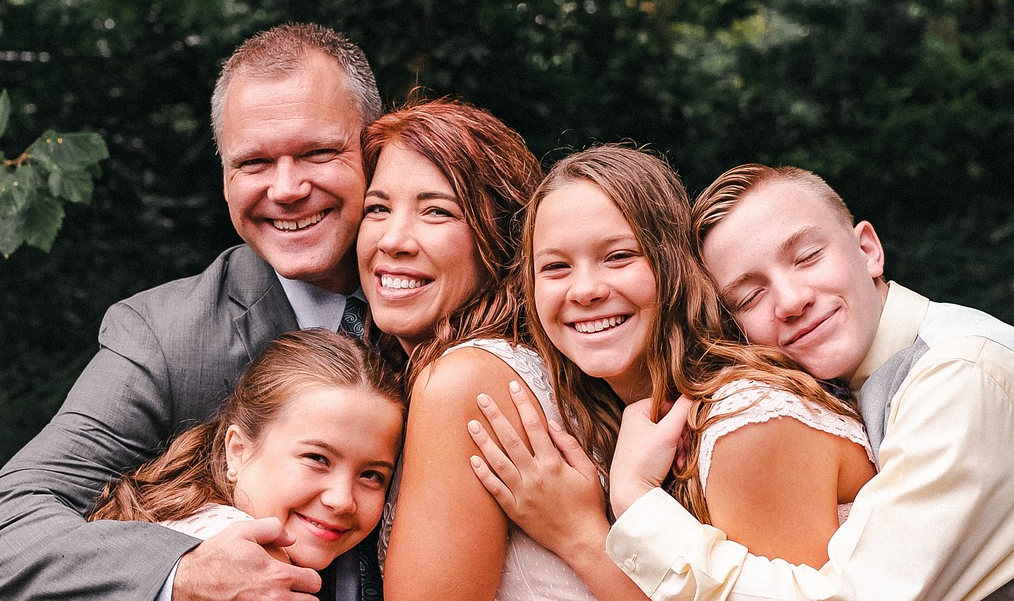Who is the nearest relative?

The nearest relative is defined by a list in section 26 of the Mental Health Act. It is the eldest of the relatives, set out below, prioritised in the order in which they are listed.
- Husband or wife (or civil partner).
- Son or daughter.
- Father or mother.
- Brother or sister.
- Grandparent.
- Grandchild.
- Uncle or aunt.
- Niece or nephew.
There are other conditions to this such that a half-blood relative of the same description (son, mother, brother etc.) shall be considered secondary to a whole blood relative. Preference is given to the relative that they live with or who cares for them. If the person is permanently separated from their husband, wife or civil partner that relative will not be considered the nearest relative. Relatives under the age of 18 will not be considered as the nearest relative.
If the person lives with a partner they could be considered as the nearest relative if they have lived together for more than 6 months. A non-relative may be considered as if they were a relative in terms of the Act if they have lived with the person for more than 5 years, however they would be considered last. These two points only apply if the person is not married (unless that person is permanently separated).
Rights of the nearest relative
- Assessment: The nearest relative has the right to request the person has a mental health act assessment. They can do this through the person’s community mental health team, crisis services or local social services, in collaboration with an approved mental health professional.
They can also apply directly to the hospital managers to have a person taken into hospital under sections 2, 3 and 4 if an approved mental health professional doesn’t make an application but the doctors recommend it. - To object: The nearest relative has the right to be consulted and to object to a person being taken to hospital under a section 3 or being placed on a guardianship. If they object the approved mental health professional can’t make an application.
However, if the approved mental health professional thinks the nearest relative doesn’t have good reason to object they can apply to have the nearest relative displaced through the local county court. - To be informed: The nearest relative has the right to be informed about any applications made in relation to the person and the reasons for this. Also, to know the rights of the person who is being sectioned, if the section changes or is renewed, if the person is moved from one hospital to another, if the person is put onto a community treatment order or guardianship and information related to the person being discharged (this should be 7 days in advance of the discharge date where practicable).
- Independent mental health advocate: The nearest relative has the right to request that an independent mental health advocate speaks to the person. They will be able to help to explain the person’s rights and to speak to the professionals involved in their care on their behalf about any issues or concerns they may have.
- Discharge: The nearest relative has the right to request to the responsible clinician in charge of the person’s care that they be discharged from a section 2 or 3, a community treatment order or a guardianship. They must write to the responsible clinician 72 hours in advance of the time they wish the person to be discharged. The responsible clinician will then review this and either discharge the person or they can bar this if they have sufficient grounds to do so for the health or safety of the person or if there is a risk to others. The nearest relative cannot then apply for discharge for 6 months.
If the responsible clinician does bar the discharge then the hospital should hold a managers hearing. Also the nearest relative can appeal this decision through a mental health tribunal. - Delegation: The nearest relative has the right to delegate their rights and responsibilities as nearest relative to someone else.

Can the nearest relative be changed?
There are 2 main ways to change the nearest relative; by getting the current nearest relative to delegate their role to another person or by applying to the county court to have the current nearest relative displaced and another person appointed.
An application to displace the current nearest relative can be done by the person themselves, a relative of the person, anyone the person is residing with or an approved mental health professional.
Consider more:
- Were you aware that the nearest relative is not the same as next of kin?
- What do you think about the responsibility of the nearest relative under the Act?